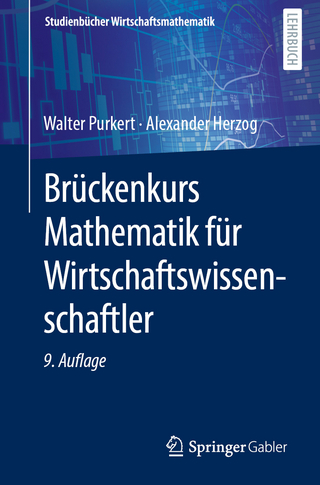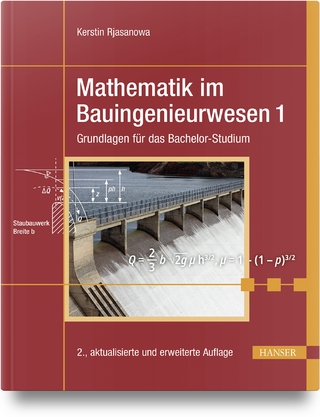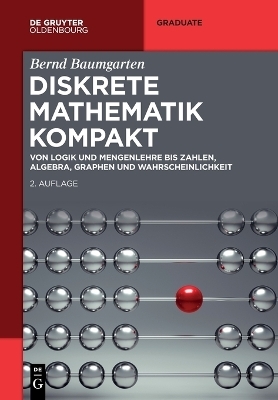
Matching of Orbital Integrals on GL(4) and GSp(2)
American Mathematical Society (Verlag)
978-0-8218-0959-4 (ISBN)
- Titel ist leider vergriffen;
keine Neuauflage - Artikel merken
The trace formula is the most powerful tool currently available to establish liftings of automorphic forms, as predicted by Langlands principle of functionality. The geometric part of the trace formula consists of orbital integrals, and the lifting is based on the fundamental lemma. The latter is an identity of the relevant orbital integrals for the unit elements of the Hecke algebras. This volume concerns a proof of the fundamental lemma in the classically most interesting case of Siegel modular forms, namely the symplectic group $Sp(2)$. These orbital integrals are compared with those on $GL(4)$, twisted by the transpose inverse involution. The technique of proof is elementary. Compact elements are decomposed into their absolutely semi-simple and topologically unipotent parts also in the twisted case; a double coset decomposition of the form $H/backslash G/K$ - where H is a subgroup containing the centralizer - plays a key role.
Part I. Preparations: Statement of Theorem Stable conjugacy Explicit representatives Stable $/theta$-conjugacy Useful facts Endoscopic groups Instability Kazhdan's decomposition Decompositions for $GL(2)$ Decomposition for $Sp(2)$ Part II. Main comparison: Strategy Twisted orbital integrals of type (I) Orbital integrals of type (I) Comparison in stable case (I), $E/slash F$ unramified Comparison in stable case (I), $E/slash F$ ramified Endoscopy for $H=GSp(2)$ type (I); Unstable twisted case. Twisted endoscopic group of type I.F.2; Twisted endoscopic group of type I.F.3, $E/slash F$ unramified Twisted orbital integrals of type (II) Orbital integrals of type (II) Comparison in case (II), $E/slash E_3$ ramified $(e=2)$; Unstable twisted case. Twisted endoscopic group of type I.F.2 Comparison in case (II), $E/slash E_3$ unramified $(e=1)$; Unstable twisted case. Twisted endoscopic group of type I.F.3 Endoscopy for $GSp(2)$, type (II) Comparison in case (III); Unstable twisted case. Twisted endoscopic group of type I.F.2 Comparison in case (IV); Unstable twisted case. Twisted endoscopic group of type I.F.2 Part III. Semi simple reduction: Review Case of torus of type (I) Case of torus of type (II) Case of torus of type (III) Case of torus of type (IV) References.
| Erscheint lt. Verlag | 30.1.1999 |
|---|---|
| Reihe/Serie | Memoirs of the American Mathematical Society |
| Verlagsort | Providence |
| Sprache | englisch |
| Themenwelt | Mathematik / Informatik ► Mathematik |
| ISBN-10 | 0-8218-0959-8 / 0821809598 |
| ISBN-13 | 978-0-8218-0959-4 / 9780821809594 |
| Zustand | Neuware |
| Haben Sie eine Frage zum Produkt? |
aus dem Bereich


